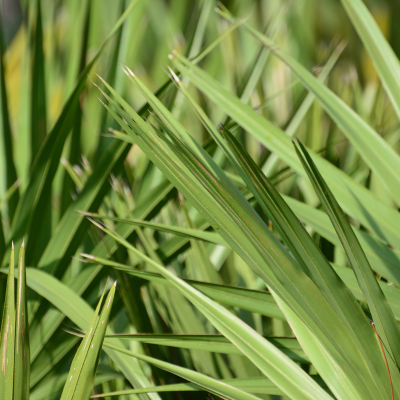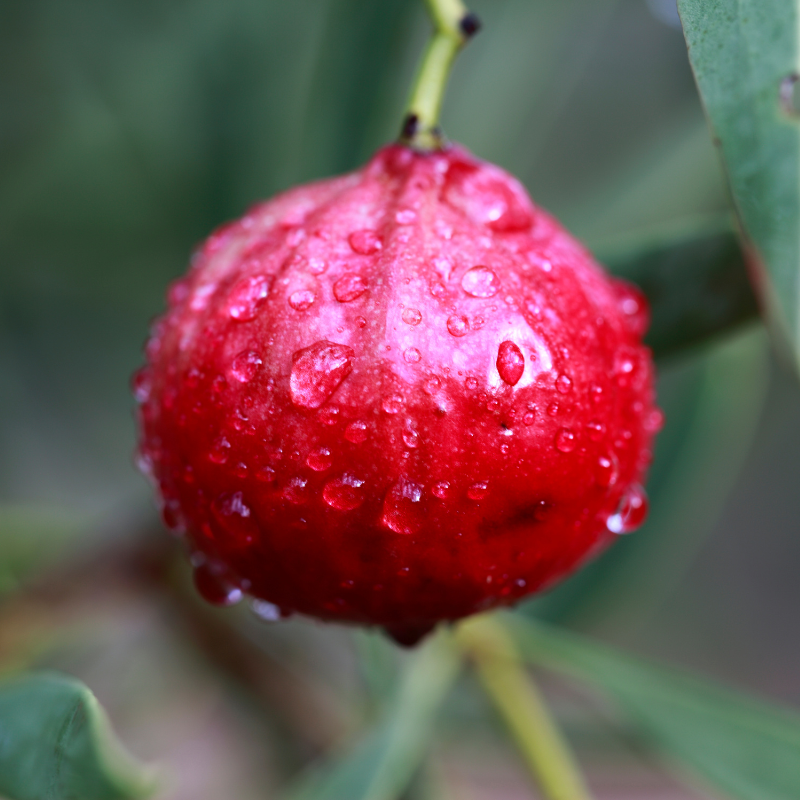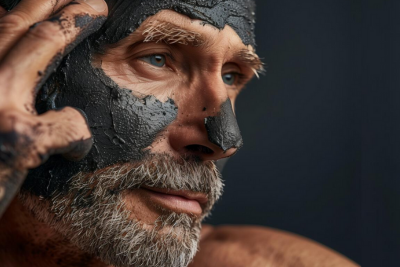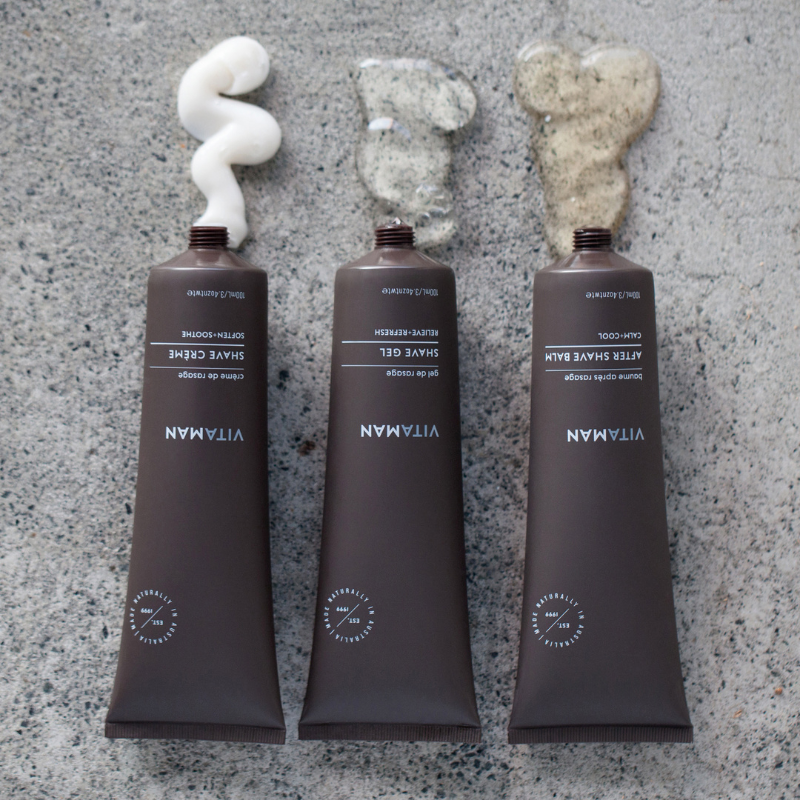We all know that losing hair is a big deal. So let's not skirt around the issue; let's tackle it head-on.
Here's your definitive guide to understanding why you might be losing your luscious locks and what you can do about it.

What Causes Hair Loss?
Hair loss is a multifaceted issue and often comes down to these core factors:
Genetics:
The Genetic Code:
Each of your hair follicles has its own unique genetic code, a microscopic blueprint that governs its behavior. These genes control everything from the color and texture of your hair to how long each hair strand will grow before falling out.
Sensitivity to DHT:
Certain genes make your hair follicles more vulnerable to the effects of Dihydrotestosterone (DHT). This androgen hormone is a byproduct of testosterone, the hormone responsible for developing male characteristics. When DHT binds to the receptors in sensitive hair follicles, it triggers a process called miniaturization.
Miniaturization:
DHT’s binding action kicks off a chain of events that leads to hair follicle miniaturization. As the follicle shrinks, the hair it produces becomes thinner, shorter, and more brittle. Over time, the affected follicles may stop producing hair entirely, leading to baldness.
Hormones:
DHT: The Ring Leader
DHT is derived from testosterone by an enzyme called 5-alpha reductase. In some men, higher levels of 5-alpha reductase result in an overabundance of DHT, which attaches to sensitive hair follicles and triggers hair loss. It's like the hair follicles are under constant attack, causing them to weaken and eventually die off.
Estrogen and Hair Growth:
Yes, you read that right! Estrogen, often considered a 'female' hormone, also exists in men and can positively affect hair growth by elongating the growth phase of hair follicles. The imbalance between DHT and estrogen levels can further influence hair loss rates.
Targeting DHT:
Many treatments focus on lowering DHT levels or inhibiting the action of 5-alpha reductase. By tackling DHT, these treatments aim to slow or even reverse the process of follicle miniaturization.
Age:
Slowing Growth Cycle:
Your hair growth cycle has three main phases: anagen (growth), catagen (transitional), and telogen (resting). With age, the duration of the anagen phase decreases, and more hair enters the telogen phase, causing an overall thinning of your mane.
Weakened Follicles:
Aging naturally weakens hair follicles, making them more susceptible to environmental factors and hormonal changes. This cumulative effect accelerates hair thinning as you grow older.
Hair Graying:
Age also impacts the melanocytes, the cells responsible for hair color, leading to gray hair. This change, coupled with hair loss, contributes to an older appearance.
Androgenetic Alopecia - Male Pattern Baldness
Androgenetic Alopecia is the medical term for what most of us know as male pattern baldness.
It's a hereditary condition that causes hair follicles to become more susceptible to DHT.
This increases the rate at which follicles miniaturize, leading to faster hair loss.
The Role Of The X And Y Chromosomes
Hair loss genes come from both sides of your family tree. The most famous of these is the Androgen Receptor (AR) gene found on the X chromosome, usually inherited from your mother.
But recent research also points to several genes on the Y chromosome, passed down from your father, that contribute to hair loss.
Essentially, your likelihood of experiencing baldness is a complex interplay between multiple genes from both parents.
Top 5 Proven Strategies to Combat Hair Loss
Here are actionable strategies, each with its unique method of tackling hair loss:
-
Minoxidil: This topical solution widens blood vessels, enhancing the flow of oxygen, blood, and nutrients to the hair follicles, thereby encouraging growth.
-
Finasteride: This pill inhibits the enzyme that converts testosterone to DHT, thus reducing the primary cause of follicle miniaturization.
-
Laser Therapy: Low-level laser therapy boosts blood circulation and delivers more oxygen and nutrients to the scalp, promoting healthier hair growth.
-
Hair Transplant: A surgical method that moves healthy hair follicles from a donor area to the thinning or balding area, providing a more permanent solution.
-
Natural Remedies: Oils like peppermint and rosemary can stimulate blood flow to the scalp, though scientific evidence is still limited in this area.
Lifestyle Changes: The Unsung Heroes
Quitting Smoking:
Smoking doesn't just wreak havoc on your lungs; it's a serial offender when it comes to hair loss too. How does it work? Well, the toxins in cigarettes damage the DNA in hair follicles, making them more susceptible to premature aging.
Plus, nicotine constricts blood vessels, hampering the blood flow to the hair follicles. Reduced blood flow means fewer nutrients and less oxygen reach your scalp, making hair weaker and prone to falling out.
So, if you're a smoker looking to hold onto your hair, quitting should be priority numero uno.
Diet and Exercise:
A Balanced Diet:
Nutrition plays a huge role in the overall health of your hair. Deficiencies in iron, protein, zinc, and vitamins like biotin can lead to hair thinning and poor hair health.
Make sure to include lean proteins like chicken and fish, iron-rich foods like spinach, and a variety of fruits and vegetables for a comprehensive intake of essential vitamins and minerals.
Omega-3 Fatty Acids:
You've probably heard about omega-3s being good for your heart, but guess what? They're great for your hair too.
These fatty acids support scalp health, add elasticity to your hair, and can even help reduce inflammation that leads to hair loss.
Exercise:
Regular exercise—be it cardio, weightlifting, or yoga—not only enhances your mood and overall health but also increases blood circulation throughout your body.
Enhanced blood flow to the scalp supplies hair follicles with more nutrients and oxygen, promoting stronger and healthier hair growth.
Stress Management:
You may not think of stress as a lifestyle choice, but how you manage it definitely is. Stress releases the hormone cortisol, which can disrupt the hair growth cycle.
Stress management techniques like mindfulness, meditation, and regular exercise can all help keep cortisol levels in check and may protect against stress-induced hair loss.
















